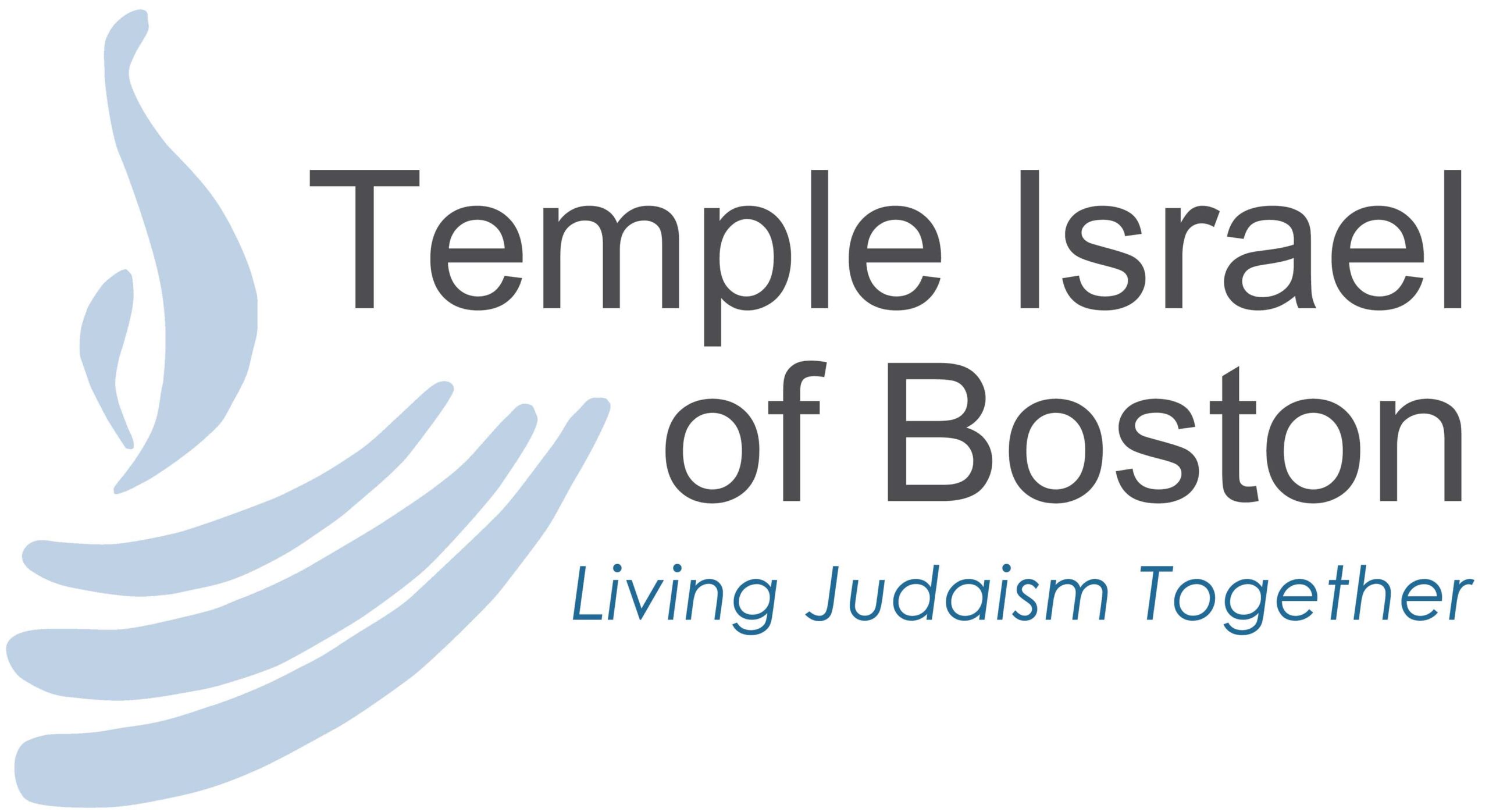“Messy,” Rabbi Zecher’s Shabbat Awakenings
April 21, 2023 | 30 Nisan 5783
Welcome again to Shabbat Awakenings, a weekly reflection as we move toward Shabbat. You can listen to it as a podcast here.
The ancient priests had responsibilities beyond the ritual sacrifices. They were called upon to identify and analyze skin afflictions in order to declare a person clean or unclean.
None of this had to do with the reason we take showers.
The first of this week’s two Torah portions focuses its attention of the status of an individual’s ability to draw near to the divine. The physical appearance of the disease made it possible for the priest to assess the situation. Once exposed, the ailment was in plain sight and this allowed the priest to consider the directed options. Based on his evaluation, and if deemed impure or unclean, that person, while in this condition, not only was disqualified from approaching the sanctuary but also may have been sent outside the camp until the condition disappeared.
The descriptions in this section are messy because there are details we often discuss only with those in close relation to us in the privacy of our home or with a physician in the exam room. But, here they are right in our portion and are inexplicable to our modern sensibilities.
When a person has on the skin of his body a swelling, a rash, or a discoloration, and it develops into a scaly affection on the skin of his body, it shall be reported to Aaron, the priest, or his sons, the priests. The priest shall examine… (Lev. 13:2-3)
We get the idea. So, what do we do with these in-depth squirm-worthy descriptions? Professor William Cutter of the Hebrew Union College offered the following consideration:
“…the parashah comes in the middle of our religious year and beckons us to bridge between Genesis and Deuteronomy with spiritual significance. But one meaning is plain: This portion…reminds us that we are a very old tradition, composed of practices and beliefs that have been sublimated, distilled, and recombined beyond recognition. Once each year we must read about them even if we have given them up.”1
None of it still applies and yet we do not skip over it. The spiritual significance is tied to the direct meaning of the text. From those days to these, our physicality with all of the accompanying imperfections, ailments, diseases, and troubles connect us to one another. One day it is our neighbor and the next it may be us. And no matter what, the physical along with the spiritual and the sacred touched by the mundane remain an integral part of what it means to be human at any moment in the history of our existence.
Shabbat Shalom!
1 From an essay entitled, “Reading an Ancient Practice,” by Rabbi William Cutter
- Join us at 5:15 p.m. for dinner for families, 5:30 p.m. for a preneg, and 6:00 p.m. for Qabbalat Shabbat celebrating Israel at 75 with Shabbat Mishpacha included, onsite or online on Zoom, Facebook Live, or stream on our website. Let’s celebrate together!
- Tot Rock Shabbat gathers online at 5:00 p.m.
- Torah Study gathers at 9:00 a.m. onsite or online (via Zoom or via Temple Israel’s livestream), followed by an oneg to connect with friends and community.
- Gather online to say goodbye to Shabbat with a lay-led Havdalah on Zoom.

Rabbi Elaine Zecher
